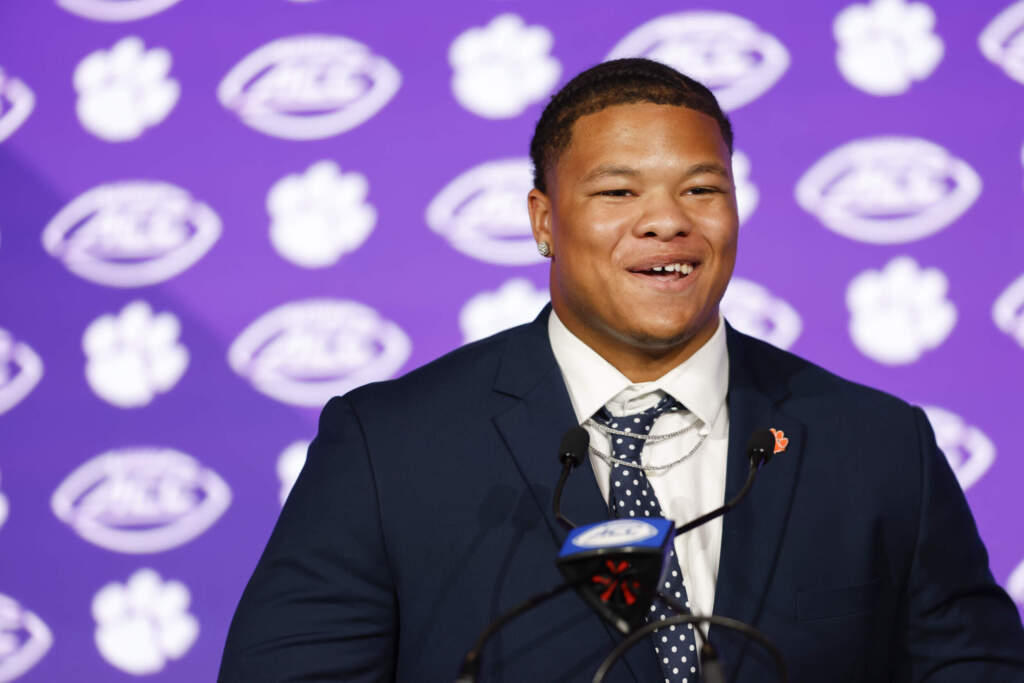By Sam Blackman
On November 24, 1903 Clemson participated in its “First Bowl Game.” The game between Clemson and Cumberland was billed as the game to decide the “Championship of the South,” as the winner would be the champion of the SIAA. The SIAA crown was a formidable title in this day and age, ‘as there were many collegiate powers prowling the playing fields of the south.’
Although it was not officially a modern postseason extravaganza similar to what football fans enjoy today, the 1903 Clemson-Cumberland game had some of the criteria of being Clemson’s first bowl game, 111 years ago.
In this particular season, Clemson was considered the best in the Atlantic Coast Region, as the Tigers had defeated Georgia, Georgia Tech, N.C. State, and Davidson. The only loss came to the hands of North Carolina. Clemson had outscored its opponents, 156-11, including a 73-0 win over Georgia Tech.
Cumberland was considered the best team in the western part of the southern region, as it had defeated powers such as Vanderbilt, Tennessee, and Sewanee and had scored 304 points.
Originally, the two teams’ seasons would have drawn to a close in early November, but the interest surrounding college football to decide which was the best football team in the south could not be ignored by players on both sides, not to mention the fans. The result was Clemson and Cumberland officials agreeing to meet on November 26th, in Montgomery, AL.
Like today’s bowl games, a contract was signed and the game was to take place at a neutral site and on a holiday, Thanksgiving Day. The contract, drawn up just two weeks before the game, stated that the contest was to be played at Oak Park in Montgomery, AL. The game was to begin promptly at 3:00 p.m. and end at 5:00 p.m. sharp.
The game had added significance, as it was the Tigers’ first opportunity to solidify itself as a southern power, as this was only the eighth year Clemson had fielded a football team.
It would be a battle of Cumberland’s backfield of giants charging the Clemson line and a battle of Clemson’s smaller, swifter backs making long runs around the end. The average height and weight of the Clemson starting 11 was 5’ 9 1/2” and 163 1/2 pounds. Cumberland was the heavier team, as the average height and weight was 5’ 11” and 172 pounds.
Some interesting notes on some of the members of Clemson’s 1903 football team included: halfback Fritz Furtick and Jock Hanvey were also track stars for the Tigers; quarterback John Maxwell was the catcher on the Tiger baseball team; right end Hope Sadler was Clemson’s record holder in the broad jump and the 440-yard dash; left end C.V. Sitton was named All-Southern end on the 1902 team and was recognized as the best college baseball pitcher in the south; J.A. Forsyth, a right guard, had played every down for the last three years as a Tiger; and J.A. McKeown was Clemson’s largest player on the 1903 team, as he was 6’2” and weighed 194 pounds.
Cumberland dominated the game in the early going, as the Bulldogs jumped to an early 11-0 lead. Cumberland’s first score was made by line plunges eight minutes into the game. Minturn scored from a short distance, and M.O. Bridges kicked the extra point, giving Cumberland a 6-0 lead (in 1903, touchdowns were worth five points, while extra points were worth one point).
Four minutes later, Cumberland struck again as Head crossed the goal line and M.O. Bridges failed to convert on the extra point.
After a 10-minute halftime, Cumberland kicked off to Clemson. The Tigers’ John Maxwell took the ball at his own 10-yard line and raced 100 yards to score Clemson’s first touchdown of the game (the fields were 110 yards in length in 1903). The extra point was no good, and Cumberland led 11-5.
Clemson then took advantage of a Cumberland fumbled punt on the Bulldogs’ 35-yard line late in the game. With less than a minute to go in the contest, darkness hovered over the field and the hundreds of spectators who had braved the cold afternoon were quiet, anxiously awaiting the last play of the game. Clemson had one last chance, and of course Cumberland was expecting a trick play.
“25-86-3-14 hike!” rang out Maxwell’s voice as he gave signals for the last play. After the ball was centered, a Clemson man dressed in a gold jersey was seen with the ball unexpectedly running up the middle through Cumberland’s defense for 35 yards and into the end zone with little if any interference.
Fritz Furtrick, the Tigers’ right halfback, had scored the tying touchdown by simply running up the middle over center as time expired. Jock Hanvey kicked the extra point (two-point conversions were not legal in 1903). The game was over and Clemson and Cumberland had tied 11-11. The Tigers were co-champions of the south and the SIAA conference. The third conference title for Clemson as the Tigers won the 1900 and 1902 championships
When word reached Clemson that the game had ended in a tie, the Clemson students and local townspeople built a bonfire and paraded around campus.
Then came the dispute for the coveted game ball. The ball always goes to the winning team, but the score was a tie. Captain Suddarth of Cumberland insisted on Captain Sadler of Clemson taking the trophy, while Captain Sadler was equally as insistent that Captain Suddarth should have the ball. A compromise was finally reached after 10 minutes. The ball would go to Patrick J. Sweeny, the policeman, who had been efficiently guarding the entrance to the sidelines by warning the media, substitutes, and fans to “get down in front” so the spectators could see the game.
This game had another bit of irony to it. This was John Heisman’s last game as the Tigers’ head coach, as he accepted Georgia Tech’s head coaching job later that night. Heisman concluded his Clemson coaching career with a player scoring on the last play of his final game as the Tiger coach.
From this touchdown play on a cold, Thanksgiving afternoon in Montgomery, AL, a winning bowl tradition was started, and Clemson established itself not only as a southern power but as a national power when bowl games are played.
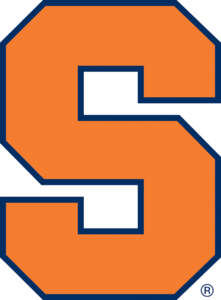 Syracuse
Syracuse 
 Virginia
Virginia  Florida State
Florida State  Wake Forest
Wake Forest  Miami (Fla.)
Miami (Fla.)  Alabama
Alabama  Tennessee
Tennessee  Charlotte
Charlotte  USC Upstate
USC Upstate 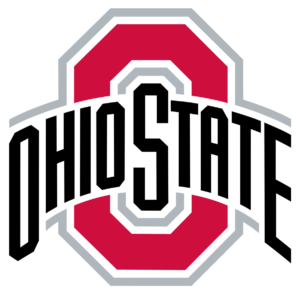 Ohio State
Ohio State  Georgia State`
Georgia State`  Ohio University
Ohio University  Virginia Tech
Virginia Tech  Indiana
Indiana  Tiger Classic
Tiger Classic  South Carolina
South Carolina  South Carolina
South Carolina  Campbell
Campbell  UAB
UAB  East Tennessee State
East Tennessee State  LSU
LSU  South Carolina
South Carolina  App State
App State  North Carolina A&T
North Carolina A&T  Charlotte
Charlotte  Pittsburgh
Pittsburgh  Troy
Troy  Georgia
Georgia  Cougar Classic
Cougar Classic  Georgia
Georgia  VCU
VCU  Stanford
Stanford  Elon
Elon 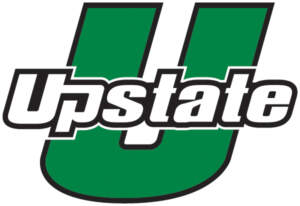 USC Upstate
USC Upstate  Georgia Tech
Georgia Tech  Wofford
Wofford  SMU
SMU 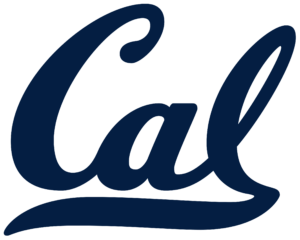 California
California  Queens
Queens  Georgetown
Georgetown  Norfolk State
Norfolk State  Louisville
Louisville  Charleston Southern
Charleston Southern  Mason Rudolph Championship
Mason Rudolph Championship 




